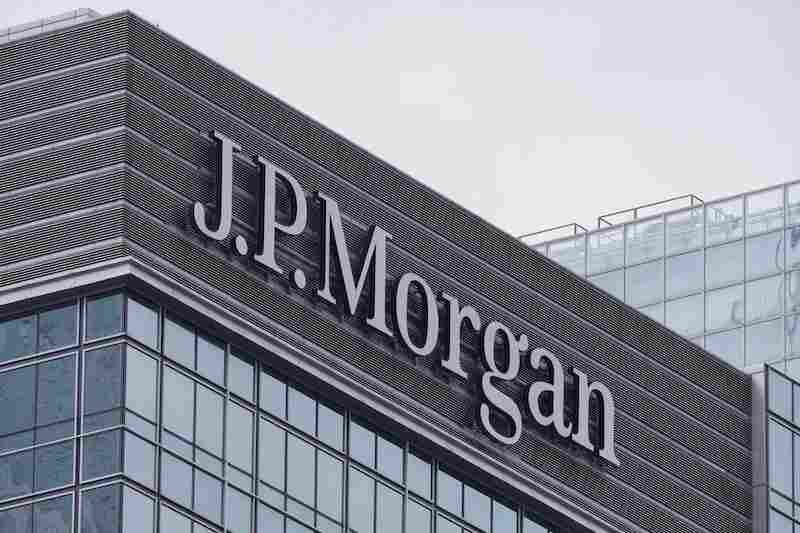Stock of the Week: Don’t Overlook This Undervalued Pharma Powerhouse
Alpesh Patel|November 4, 2022
The market’s volatility this year has meant many good, solid companies have been oversold.
Many big names are being ignored by investors…
But this week I’m changing that.
I’ve got a well-known stock for you this week. It’s a household name in the pharma industry…
And thanks to its strong fundamentals, growth and numbers, it’s a no-brainer pick for my latest Stock of the Week.
Get all the details on the stock, including its ticker, by watching this week’s video.
Click on the image below to watch it.
Transcript
Hello, and welcome all my GVI Investor followers and everybody who’s not yet on it. Welcome to all of you. And welcome to another Stock of the Week.
Now, it’s a slightly unusual one this week because it’s a very large company. I don’t normally go for the big companies that everybody’s heard of. I normally go for companies which are lesser known.
However, I think what’s happening at the moment with the market falls is that we’re ignoring some of the big names, which give us potential rewards, because they’re oversold thanks to the headwinds.
And people are either in cash or are going for very risky plays.
So we’re avoiding that trap this week by talking about Merck (MRK).
Now, Merck you’ve heard of. It’s a household name.
It’s a multinational pharmaceuticals company. It’s known for developing vaccines, medicines, biologic therapies and animal health products as well.
They’ve got two major segments there, one for pharmaceuticals and one for animal health.
If you follow the news out of China, you know COVID hasn’t gone anywhere, let alone other viruses and other things that we need protection from.
And we’ve got an aging global population.
And that’s where Merck comes in.
The company has been performing rather well. And the figures are rather good, particularly in this economic environment.
On my Growth-Value-Income rating – my GVI rating – which looks at the growth of a company, revenue growth, valuation… which is its share price relative to the profits of the company and relative to how quickly those profits are growing… and also income in terms of dividend, as well… it’s got a 9.
Now, anything which has got 7, 8, 9 or 10 meets my minimum criteria.
Anything below those, I won’t even look at.
We also look at cash return on capital invested (CROCI). And what do we find there?
Well, 12.5%… That’s a really good number.
What is CROCI? It is the ability of the company to generate cash based on the amount of capital it invests.
Now, remember, pharmaceuticals companies invest a heck of a lot of cash and a lot of capital.
Therefore, for them to be generating 12.5% cash return on that capital invested is significant.
I think that’s a reflection of their brand. It’s a reflection of efficiencies. It’s a reflection of the fact that they are so huge and have amazing distribution channels.
Why is CROCI important?
Well, as you will know, those who follow me regularly, it’s something which we use in our hedge fund. It’s something we came across from Deutsche Bank Wealth Management. It’s now used by Goldman Sachs Wealth Management to inform their wealthiest clients.
What they found is companies in the top quartile, the top 25% of all companies based on CROCI, based on cash return on capital invested, generated – as a basket of stocks – a 30% per annum return on average over the long term. 30% per annum.
Now, that isn’t every stock, and it isn’t every year. And it’s as a basket.
This company would make that basket as things stand.
What we also see here is volatility is relatively low. Well, in this environment, I want low volatility. So that’s good.
They’ve had good performance recently. And they’ve got a positive Sortino.
The Sortino is a measure of the average return versus the volatility, or risk, of missing that return. We want the reward, the average return, to be greater than the risk of missing it. This company gives us a 0.38. Now, ideally we want it above 1.0. But there are very few companies that do that. Anything above 0.35, I’m happy with. So I’m happy with that.
Other things I’m happy with on this include return on capital employed and return on equity.
Now, those are measures of the returns, the profitability, of the company based on the book value, essentially.
What if you just had to destroy the company and sell all that’s left? You just closed it down, and you sold what was left. That’s its book value.
And those returns are strong numbers. In other words, they’ve got a good ability to generate profits from the capital that they have.
You want companies who can turn capital into profit. Capital into profit is all business is about.
Let’s go back to those growth figures, okay? Forecast growth of turnover… 20.3%. Earnings, or profits, before interest in tax… 63%. Massive numbers. Forecast growth of pretax profit… 69% growth there. These are all good numbers.
It pays a dividend. I like that.
Valuation… Based on its forecasted profits, its current share price is only at a multiple of 13. That’s at the low end. But the market’s been taking a bit of a hit. That’s why that’s at the low end. And that means it’s undervalued, based on its historical performance as well. So that forecast P/E ratio makes the company look cheap to me.
Turnover’s been rising… I look at these numbers. Profits, they keep consistent, and they’ve had a bit of a spike as well, all going in the right direction.
Yes, borrowing’s been increasing but that’s been for investment. Operating cash flow’s been going up, which is good news as well.
When I look at share price performance, it’s had a breakout. You know, it’s been pretty much below $96, $95, for a number of years now. And suddenly it’s had this breakout. I think that will continue.
I don’t think it’ll continue at the pace it’s been recently, where within just a few weeks it had about a 20% rise or 25% rise. I don’t think it’ll continue at that pace. But we’re on a good direction there.
Couple of other factors I want to draw to your attention…
One is, there are many ways to value a company.
One of the ways we do it within the fund, within the hedge fund, is we look at different ways of looking at the same things.
So if we look at valuation, we want to look at share price relative to profits, share price relative to growth of profits, share price relative to forecast growth in profits…
But we can also look at discounted cash flow. In other words, what are all its future cash flows? If it got them all today, what would it share price be? What would be a fair valuation for the company? And what’s its current share price?
If we look at those two numbers, we discover that it remains about 50% undervalued.
It doesn’t mean it’s guaranteed to go up. But what it does mean is we’ve got another box we can say, “Yeah, that looks undervalued.”
Finally, I want to show you the return histograms. Now, what are these histograms?
These histograms look at the share price performance of Merck and what would happen if those repeated themselves.
What are the probabilities of moves? Now, it’s not a guarantee that the past will reflect into the future. But it means over a one-year period, you are not very likely to have a negative return. And even over 20 days, okay, you could drop 20% but not much more.
All of that is relatively good news. It’s stable, it’s not very volatile, and there’s a skew to the right-hand side.
That’s important for us, okay? These things are important when we’re looking at stocks.
Thank you all very much. I hope you’ve really enjoyed this. And do send us any questions you have at any point as well.
Thank you all very much.





